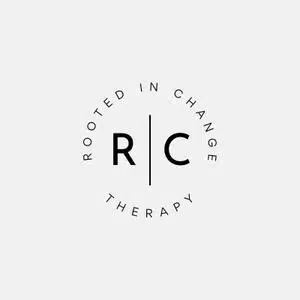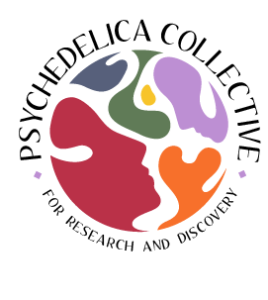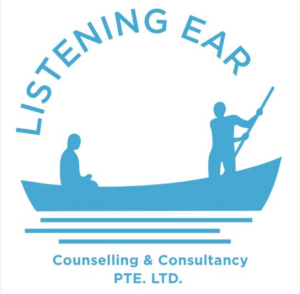Eating disorders show acute and continued disturbance in eating habits and associated agony of thoughts and emotions. They can be extreme conditions affecting an individual’s psychological, physical, and social functions. Here we look at 8 common types of eating disorders.
Eating disorders mainly affect young adults, especially those in adolescence. People with psychiatric disorders such as obsessive-compulsive disorder, anxiety, mood disorder, and drug abuse problems are more prone to this problem. Hereditary genes also increase the risk of eating disorders.
Types of Eating Disorders
There are several types of eating disorders which include:
Anorexia Nervosa
Anorexia Nervosa condition entails behaviors such as fasting, dieting, taking diet pills, vomiting, laxatives, and diuretics. It has the highest mortality rate and is thus ranked as the most deadly mental illness. It mainly affects women compared to men.
Symptoms of Anorexia Nervosa
- Fear of weight gain or looking fat.
- Consistently and rapidly losing weight to stay underweight. Looking skinny brings panic to family and friends.
- You deny that low body weight brings serious health issues.
- Amenorrhea (a condition where women miss their menstruation cycles due to a low-fat percentage).
- Anorexia nervosa leads to complicated heart problems as anorexia strains the cardiovascular system.
- Hair loss.
- Dry skin.
- Fatigue.
- Brittle nails.
Bulimia Nervosa
This condition occurs if one repeatedly eats large amounts of food followed by fasting, purging, or extreme exercise episodes. Bulimia Nervosa causes one to be underweight, regular, or slightly overweight.
Symptoms of Bulimia Nervosa
- Events of unlimited eating occur more than two times a week, going up to three months or more.
- You are overanalyzing self-image, body weight, or body shape.
- Bloating.
- Poor impulse control.
- Fainting.
- Overreacting.
- Mood swings.
Binge Eating Disorder
This type of disorder occurs when one eats large amounts of food in a short time. This condition may occur two times a week for six months or longer. Individuals with this disorder do not practice weight-loss strategies and do not purge.
After eating, they sometimes feel distressed, disgusted, guilty, or ashamed of their character and physical appearance, increasing the risks of depression. In most cases, it affects individuals who are obese or those experiencing episodes of weight loss followed by weight gain.
Symptoms of Binge Eating Disorder
- Progressive weight gain.
- Enormous fulfillment when eating, accompanied by guilt and mood swings
- Secrecy when eating and feeling ashamed when a loved one or a friend finds their food stocked.
- Lack of control when binge eating.
- There are no purging behaviors, like vomiting, calorie restriction, laxative, and excessive exercise to compensate for binging.
- Acting distracted.
- Devouring large amounts of food.
- Low self-esteem.
Restrictive Food Intake Disorder
This condition occurs during early childhood or infancy and can continue into adulthood. It affects men and women equally. People with this disorder have disrupted eating behaviors mainly due to a lack of interest in food, distaste for specific tastes, smells, colors, temperatures, or textures.
Characteristics of Restrictive Food Intake Disorder
- Deficiency of nutrients or dependence on supplements and tube feeding.
- Restricting food intake, thus depriving the body of sufficient nutrients or calories.
- Poor development for height and age or even weight loss.
- Normal social functions are interfered with by bad eating habits. Causing people to undereat, especially while eating with others.
Types of Eating Disorders – Compulsive Overeating
It’s a behavior brought about by multiple eating disorders. Long-term effects of this disorder can include anxiety, depression, high blood pressure, stroke, and heart disease.
Symptoms of Compulsive Overeating
- Hiding and hoarding food.
- Eating large amounts of food compared to others in the same period.
- Unable to control eating habits.
- Symptoms of depression.
- Changes in body weight, especially weight gain
- Body image and self-esteem issues.
- Guilt.
- Eating when not hungry.
Pica
Pica is a disorder that entails people eating things not classified as food. People with pica crave substances that are not food, like dirt, ice, soil, soap, chalk, hair, paper, wood, cloth, laundry, pebbles, cornstarch, or detergent.
Pica can occur in children, adolescents as well as adults. But it is mainly observed in pregnant women, children, and people with mental health issues.
Rumination Disorder
It’s a disorder where a person regurgitates the food they have chewed and swallowed, chews it again, and swallows or spits it out. This disorder can occur in any stage, from infancy to adulthood.
If this disorder is not treated in infants, it can result in severe malnutrition and excessive weight loss that can even lead to death.
Other Specified Feeding Eating Disorders (OSFED)
This is a disorder where an individual has eating or feeding behaviors that cause clinical distress and disable individuals in work areas but does not meet any other eating or feeding disorder.
Causes of Eating Disorders
The actual cause of eating disorders is not certain. They may be due to different reasons, including:
Genetics
Research suggests that eating disorders have a genetic element. Eating disorders are influenced socially; they are behaviors that are learned. This explains why they can run in families.
Home Environment
Eating disorders are also caused by family pressures, mostly in young people who use eating to get attention. Some have eating disorders as a way to cope with tragedy or stress. Depression and anxiety brought about by family instability also cause eating disorders.
Chemical Imbalance
Chemical receptors or chemical imbalances in the brain will lead to stress and depression, leading to eating disorders.
Personality
Character attributes like sensitivity, perfectionism, a strong appreciation, and strict diets may also cause eating disorders.
Social Pressures from Social Media
Eating disorders are highly influenced by social components, determined by how the community views body weight. Women have more eating disorders than men because society pressures women to be slim. On the other hand, men have the notion of being large, leading to the use of steroids and supplements, thus developing eating disorders.
Types of Eating Disorders – Bottom Line
The classifications above try to bring a clear understanding of eating disorders. Eating disorders are mental health conditions that damage the body if left untreated. If one has eating disorders, they should seek help from a healthcare specialist dealing with eating disorders.














